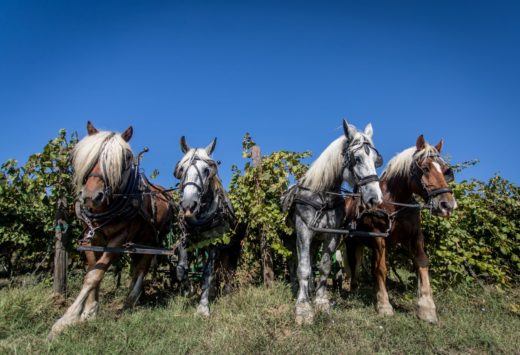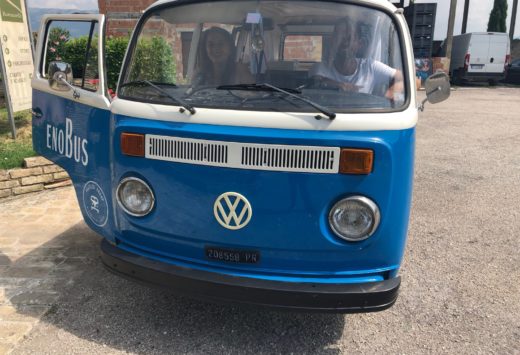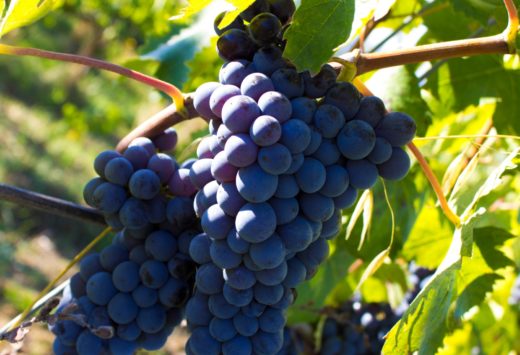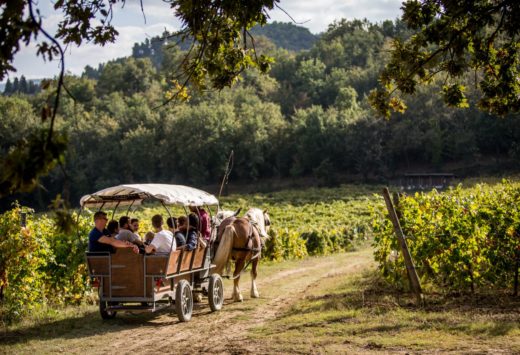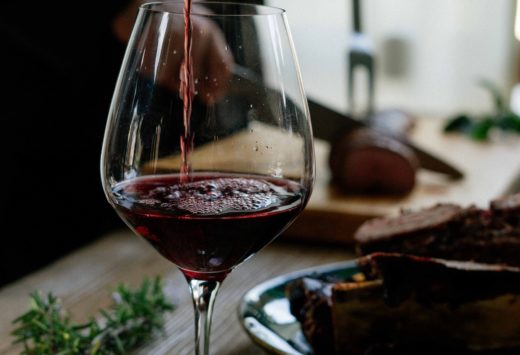Italy manages to combine one of the most complete and varied forms of cuisine, based on the Mediterranean diet, with hundreds of native vines representing all the nuances in our national territory. It has the largest variety of vines of any country in the world, attesting to the great pedoclimatic influence agriculture has in this specific sector.
And Umbria is no exception. Its supreme suitability as a quality wine growing region makes it a real treasure trove on the Italian wine scene. Autochthonous varietals such as the white Grechetto di Todi and Trebbiano Spoletino and the red Sagrantino di Montefalco manage to yield extraordinary premium products, thanks to almost unique territorial features at a national level. The fairly mild winters and the hot, dry summers, combined with remarkable day-to-night-time temperature changes and the fundamental contribution made by the clayey-calcareous soils, confer on our region’s wines the body and structure necessary to compete with the great wines of Northern and Central Italy, especially with regard to red varietals.
The earliest historical evidence of the cultivation of the vine in Umbria is linked to the Etruscan civilization which, as shown by various archaeological finds, dedicated much attention to this branch of agriculture, due, above all, to its use of wine during religious rites. Interest in wine growing in the area continued even with the arrival of the Romans, who, as the writer and man of letters Pliny the Elder reminds us – citing the continued presence in Rome of the “tudernis” vine (from Todi) – represented one of the most renowned areas for the era’s wine production for many years. In the Middle Ages, techniques of cultivation and production were also handed down by Cistercian monks and followers of St Benedict of Norcia. A further revival in Umbrian winemaking took place in the 16th century, when Sante Lancerio, the bottler of Pope Paul III Farnese, seeing the latter’s love for the ‘sucano’ wine produced in the territory of Orvieto, brought large quantities of it to Rome. The Orvieto area remained the benchmark in Umbrian winemaking for many years until the advent of the phylloxera epidemic in the 19th century.
Current wine production extends over some 13,000 hectares, almost exclusively on hilly land and is equally divided between red and white grapes, above all Sangiovese and Grechetto; in recent years there has also been a rediscovery of Trebbiano Spoletino, a vine that had fallen out of favour despite being considered the classic table wine for many years. Thanks to the commitment of a number of producers, it is now clearly being reappraised and appreciated, given the recent excellent sales.
Growth in exports in recent years, especially to the North European and American markets, illustrates the willingness of Umbrian producers to seek out as yet unexplored new markets, given the large difference in production quantities compared to the great and historic Italian wine-growing regions such as Tuscany, Piedmont or Veneto. The experiment has so far been successful considering the over € 34 million worth of business exported by our region in 2018, an increase of 0.9% compared to the previous year. Moreover, some specialist magazines in the sector, notably Wine Enthusiast, are vocal in their praise for our small-scale production, even going as far as to name it – uniquely amongst Italian regions – as one of the world’s “Top Wine Getaways”, on a par with legendary wine-growing areas like Sonoma County in California or Mendoza in Argentina.
Umbrian wine production is mainly concentrated in three areas:
- The Montefalco area, cradle of the most robust tannins in Italy: Sagrantino di Montefalco which, together with the Passito (sweet, raisin wine) version, received DOCG (Controlled and Guaranteed Denomination of Origin) recognition in 1992;
- The Torgiano area, with its rolling hills and flanked by the Tiber river, produces fine whites and was the second to receive DOCG recognition in our region: Torgiano Rosso Riserva;
- The historic Orvieto area, with its very special microclimate influenced by Lake Corbara, has been producing wines since the Roman era and was awarded a very important DOC.
These three geographical appellations represent more than 70% of Umbrian wine production, but there are other wine-growing areas that deserve to be explored and sampled, areas that are ramping up the quality of their products and offering wine lovers a high-quality tasting experience.


